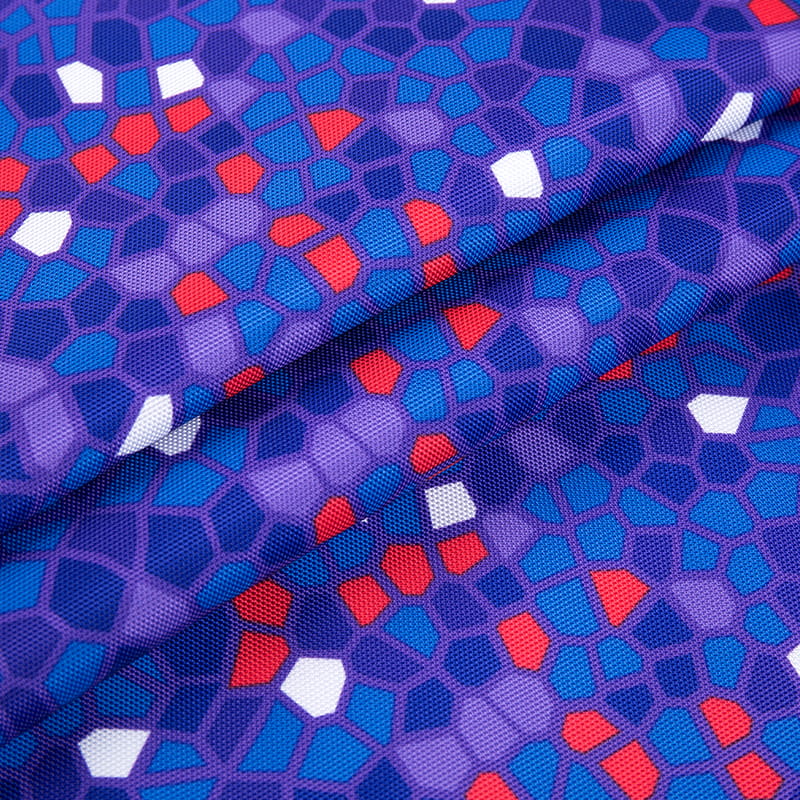
The anti-aging ability of thermal printing fabric refers to its resistance to the effects of aging, which can include fading, deterioration, and changes in appearance over time. The anti-aging ability of thermal printing fabric can vary depending on several factors, including the quality of materials used, environmental conditions, and how well the fabric is maintained. Here are some key factors that influence the anti-aging ability of thermal printing fabric:
Quality of Materials: The quality of the thermal transfer ribbon, dyes, or pigments used in the thermal printing process is a critical factor in determining the fabric's resistance to aging. High-quality materials are less likely to fade or deteriorate quickly.
UV Resistance: Exposure to ultraviolet (UV) radiation, whether from sunlight or artificial sources, can accelerate the aging process of thermal prints. UV-resistant materials, coatings, or treatments can help protect the fabric and printed images from UV damage.


Environmental Conditions: The environmental conditions to which thermal printing fabric is exposed can significantly impact its aging. High humidity, extreme temperatures, pollution, and other environmental factors can contribute to deterioration.
Proper Storage: Storing thermal printing fabric in a controlled environment away from direct sunlight and extreme temperatures can help prolong its lifespan. Improper storage can lead to premature aging.
Maintenance: Regular maintenance, such as cleaning and inspecting the fabric, can help identify signs of aging and address them before they become more severe.
Fabric Type: The type of fabric used for thermal printing can influence its anti-aging ability. Synthetic fabrics like polyester are often more resistant to aging compared to natural fibers like cotton.
Coatings and Treatments: Applying protective coatings or treatments to the fabric can enhance its resistance to aging. These coatings can include UV-resistant coatings, water-resistant coatings, or anti-fungal treatments.
Quality of Printing: The quality of the thermal printing process itself, including temperature control and pressure during printing, can impact the longevity of the printed images and the fabric.
Exposure to Contaminants: Exposure to contaminants such as chemicals, solvents, or harsh cleaning agents can accelerate the aging of thermal prints and fabric.
Use and Handling: How the thermal printing fabric is used and handled also plays a role in its anti-aging ability. Abrasion, excessive friction, or rough handling can contribute to wear and tear.
To improve the anti-aging ability of thermal printing fabric, it's essential to select high-quality materials, control environmental conditions, properly store and maintain the fabric, and consider protective coatings or treatments when necessary. Additionally, monitoring the fabric's condition and addressing signs of aging promptly can help extend its lifespan and maintain its appearance over time.



 English
English Español
Español










